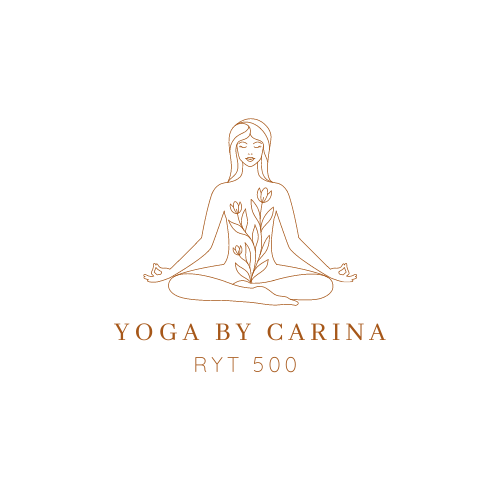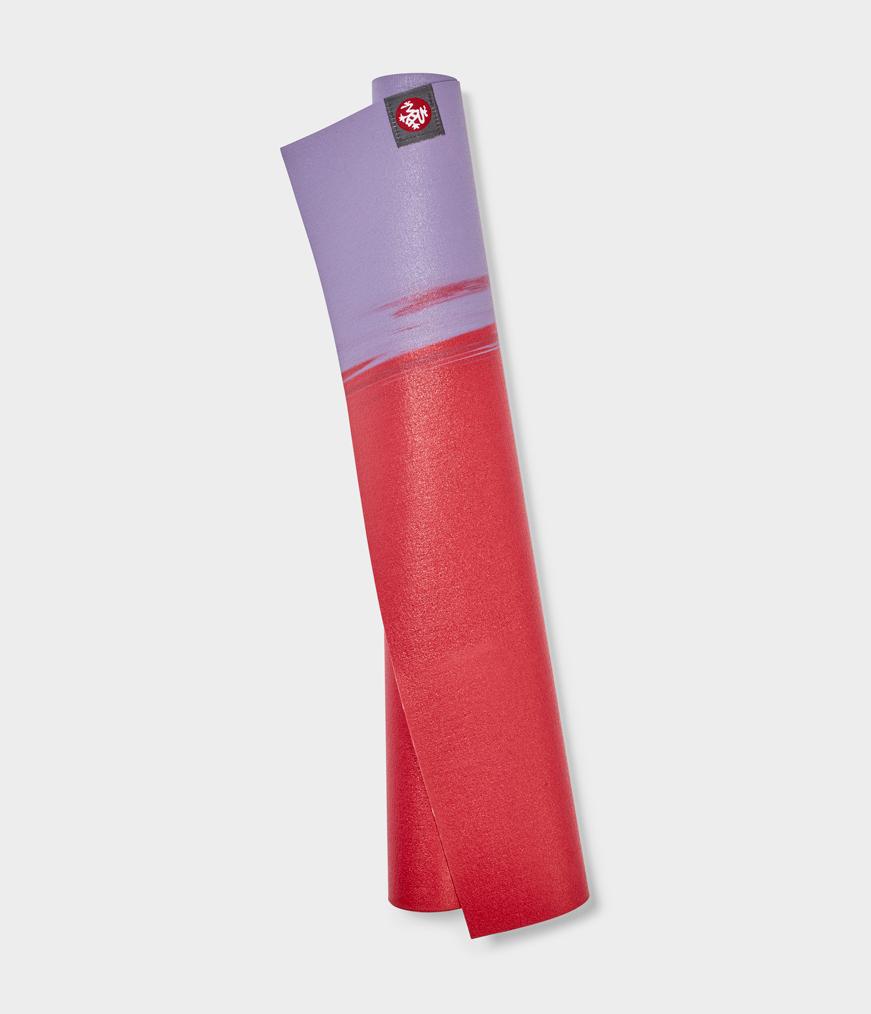YOGA FOR ENDOMETRIOSIS
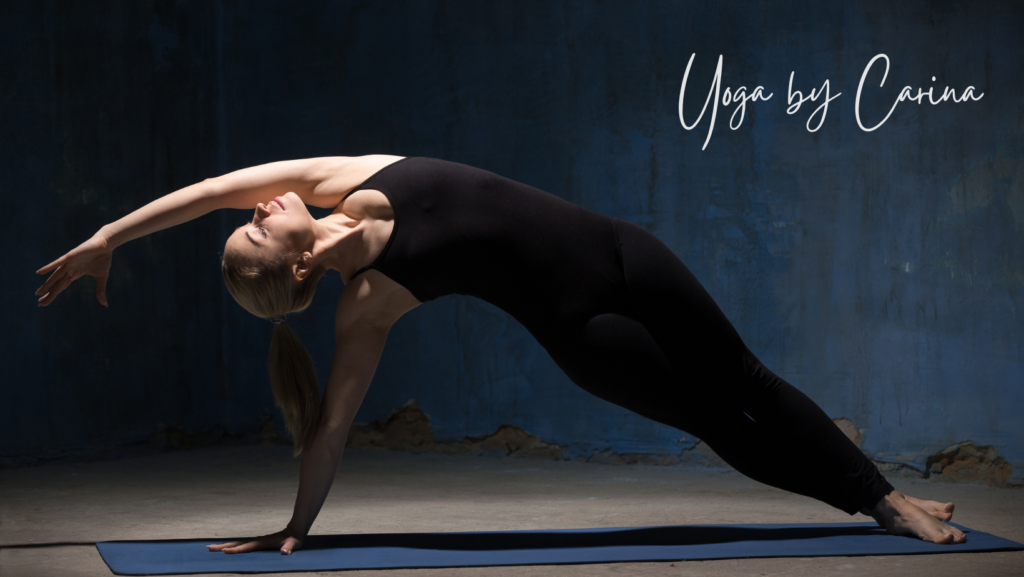
What Is Endometriosis?
In most of the women, monthly hormonal changes cause the lining of the womb (which is called the endometrial tissue) to thicken in preparation for pregnancy. If the woman does not become pregnant, the cells naturally break down and “bleed” out of the body as part of the menstrual cycle.
Endometriosis disorder generally arises when these womb cells swell elsewhere in the body. They go through the exact same monthly cycle, but have no outlet to leave the body once they break down. This causes inflammation (swelling) and potentially the formation of scar tissue in the affected areas.
Endometriosis is also known as one of the disorders in which the tissue that forms the lining of your uterus grows surface of your uterine cavity. The lining of your uterus is also known as the endometrium. This occurs when the endometrium develops on your ovaries, bowel, and tissues lining your pelvis. It’s very uncommon for this endometrial tissue to spread beyond your pelvic region, but it’s not impossible. An endometrial tissue increasing outside of your uterus is known as an endometrial implant.
Basically, the hormonal imbalances of your menstrual cycle affect the misplaced endometrial tissue causing the area to become inflamed and painful. This means the tissue will grow, thicken, and break down.
It is thought to affect 10% of women worldwide, and for many of them the associated pain is intense and debilitating, affecting both relationships and careers.
Symptoms of endometriosis include painful periods (often involving intense cramps that may continue beyond the first day of bleeding), heavy bleeding, irregular periods and spotting, pelvic pain outside of menstruation, painful intercourse, and lower back, thigh or leg pain. Endometriosis can also cause infertility.
Women with severe endometriosis suffer emotionally due to anticipation of the pain, the ongoing nature of this pain and discomfort, and related difficulty in falling pregnant. The pain can be totally horrific, sometimes to the point where you have to vomit.
For many women with this condition it can take up to seven years to get a correct diagnosis. It’s hardly surprising therefore that women with endometriosis report feeling depressed, stressed, angry, anxious and hopeless.
YOGA FOR ENDOMETRIOSIS
Yoga focuses on breathing and body postures, using physical, mental, and spiritual practices that originated in ancient India. Different poses and stretching routines can help relieve endometriosis-associated pain. It is an alternate form of therapy, and part of a multi-disciplinary approach thought to benefit endometriosis patients by easing pain and fatigue. Different types of yoga are used, depending on a person’s preference and needs. All involve a series of poses accompanied by rhythmic breathing.
Clinical studies
A study conducted at the University of Campinas Medical School in Brazil assessed the effectiveness of yoga practice on alleviating chronic pelvic pain, menstrual cramps, and in improving quality of life in people with endometriosis. A total of 40 women were enrolled and randomly divided into two groups, one that practiced yoga (28 women) and a control group that did not (12 women). Yoga sessions were 90 minutes and practiced twice a week for eight weeks. Patients doing yoga reported a significant reduction in chronic pelvic pain and a marked improvement in emotional well-being, self-image, and overall life quality.
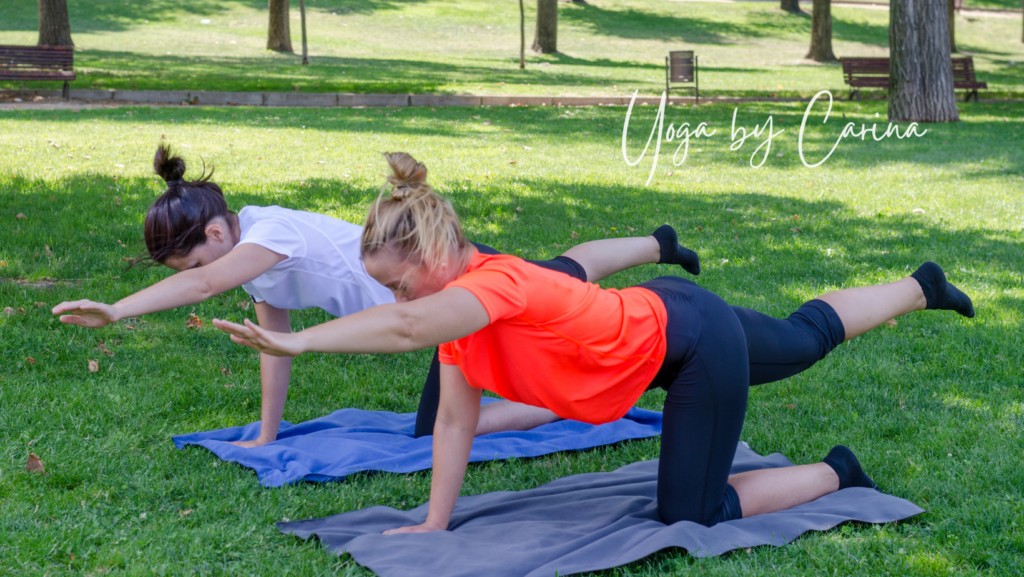
Here are some of the most effective natural remedies for endometriosis (yoga poses) and who are also dealing with pelvic or menstrual pain.
Savasana or Corpse Pose
This yoga pose is an asana which is practiced to relax your body and also the mind. Although this asana can be practiced anywhere and at any time, it is essential to concentrate on a meditative mindset during Savasana. Savasana is useful because it aids to relax your muscles, and the reflective state aids to relax your mind, restoring both mind and body. If practiced regularly, this pose can enhance memory and concentration; it brings the body to a meditative state, and as that your body relaxes, this pose can help reduce blood pressure and anxiety.
Steps For Corpse Pose
Lie straightly flat on the floor below with your yoga mat and ensure there are no disturbances around you for the duration of this pose.
- Close your eyes
- Spread your legs apart and ensure your legs and toes relax completely
- Your arms should be placed at your sides with your palms facing up
- Take breathe slowly and try to become more aware of your breath, tracing its pattern from head to toe
- Allow yourself to do this asana for 10 to 12 minutes to completely relax before you open eyes and sit up.
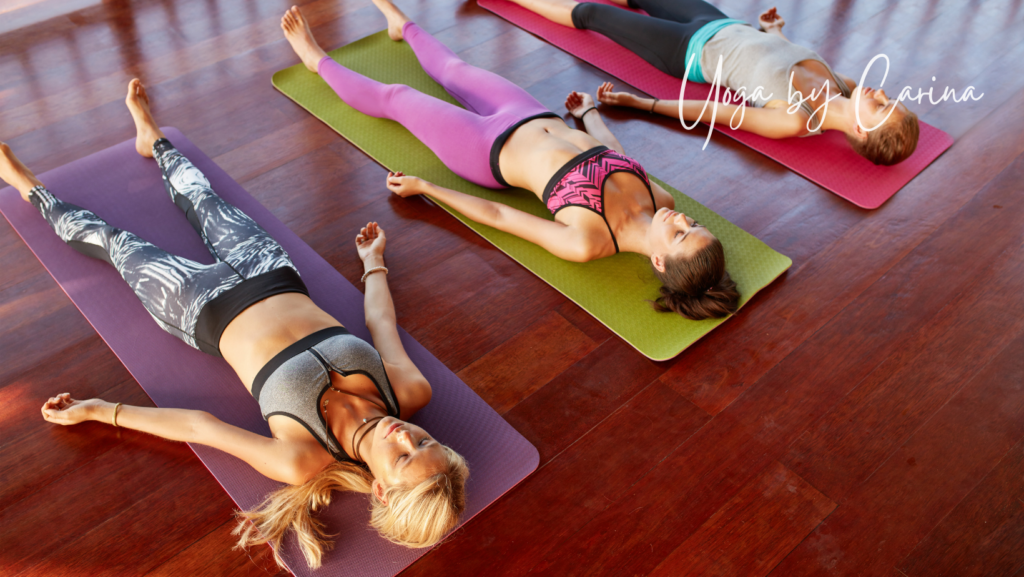
Malasana
The Malasana is a asana practiced to lengthen your spine and create balance as well as strength in your pelvic muscles. This pose is very useful for anyone struggling with their digestive system, and is especially good for directing endometriosis as it can alleviate bloatedness. The Malasana pose will give your lower back, sacrum, groin, and your hips a prolonged stretch. It will also increase flexibility in your knees and help enhance your posture.
Malasana Steps:
- Strat this pose by squatting, keeping your feet close to each other and your heels flat on the floor
- Spread out your thighs as far as comfortable and make sure they are slightly wider than your torso.
- Bring your belly button forward so your belly fits between your thighs
- Place your palms together and your elbows pressed against your inner thighs
- Hold your pose. Inhale and exhale on the count of four.

Child’s Pose
Child’s pose has been a great help to everyone throughout their menstruation and ovulation phases, especially when experiencing pain in the pelvic region. This pose helps to calm the body and the mind and stretches the lower back, the abdomen, and can also promote good digestion. This pose is also known for opening up the hips which are a great help for anyone dealing with endometriosis since the pelvic and thigh muscles tend to be stiffer due to the pain.
Child’s Pose Steps:
- Start on your hands and knees to center your breath and turn your awareness inward
- Spread your knees wide apart while keeping your toes touching and rest your buttocks on your heels
- Sit up straight and breathe in while counting to four
- On your exhale, bow forward, reaching your arms out in front of you on the matt and allowing your torso to rest between your thighs. Bring your forehead to the ground
- Keep your eyes closed
- Hold your pose for a few minutes and bring your attention to your breath.

Cat/Cow Pose
The Cat/Cow asana is a great way to stretch your whole body and makes an excellent warmup for any other activity. This pose promotes the flexibility of your spine, it stretches your lower back and torso and stimulates your abdominal organs.
Cat/Cow Pose Steps:
- Begin this on your hands and knees with your wrists directly underneath your shoulders. Align your legs into Table Pose
- Center your head and begin into the Cow pose by dropping your belly towards the floor as you inhale. As your back arches, open your chest and lift your gaze towards the ceiling
- Move into Cat pose as you exhale: draw your belly button towards your spine and round your back up towards the ceiling
- Inhale and move back into Cow pose and exhale to return to Cat Pose.

Knee-down twist
Knee-down twists offer up a lot of benefits. For one, it’s a restorative posture that can help relieve stress. But twists also come in handy to help manage endo belly (bloating from inflammation). Nearly 83% of women with endometriosis experience uncomfortable and painful bloating, ranging from mild to extreme.
- Recline onto your back. Then, pull your knees in toward your chest.
- Send your arms out to the sides, like airplane wings. Keep the palms face-down.
- Press down through your arms and hands. Draw the knees closer together. Let them both fall to one side.
- Look toward the ceiling or out over the opposite shoulder. Repeat on the other side of the body.

Cobra
Cobra pose is a nice stretch for the spine and opens the chest area. It also engages the abdomen. Because it gently stretches the midsection, it helps keep scar tissue or adhesions flexible, which can help with pain.
- Lay down on the floor face-down with your hands beneath the shoulders, fingers spread wide. Your nose should point straight down toward the floor.
- Press the legs and top of the feet into the floor.
- Engage the belly muscles. Imagine lifting from the sternum as your arms straighten slightly.
- Let your neck follow the natural curve of the spine as you rise.
- Breathe. Hold for one minute and release down.
- Avoid squeezing the glutes (and skip this posture if pregnant).
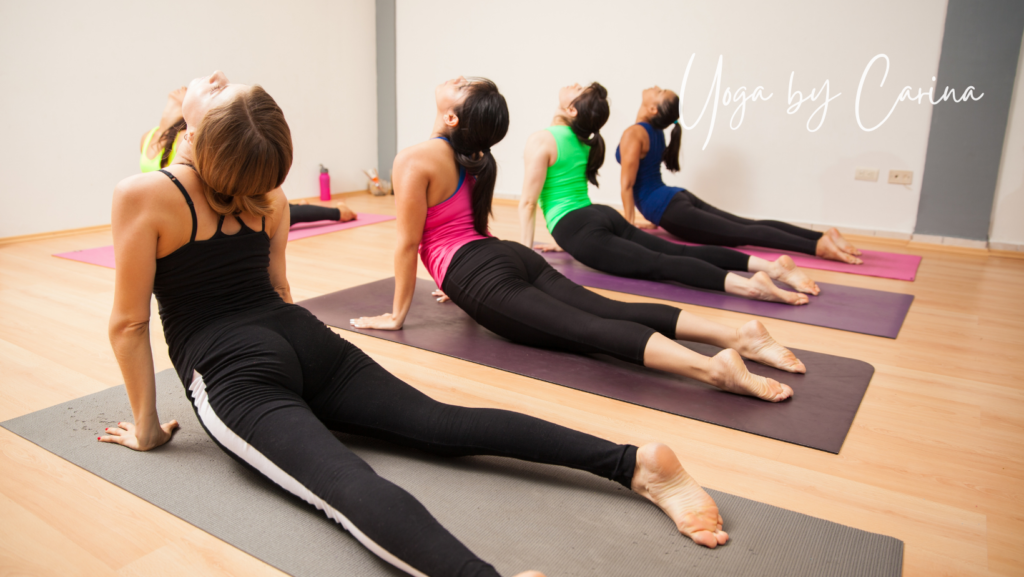
Reclined bound-angle pose
Reclined bound-angle pose is calming and grounding, which is helpful for cramps and pain. For endometriosis, use a folded blanket or towel under the low back. Something that can also feel good: fold another towel and place it on top of the low belly. Its gentle weight provides a slight amount of input for the body while still offering a feeling of restoration.
To get into reclined bound-angle pose:
- Start by sitting on the floor and placing a small blanket or towel underneath the pelvis.
- Gently lay down but keep your feet flat on the floor for a moment, with the knees pointed up.
- Now let the knees open out to the sides, like butterfly wings, and allow the soles of the feet to come together.
- Take the hands and gently place them right on top of the towel that’s folded on the belly.
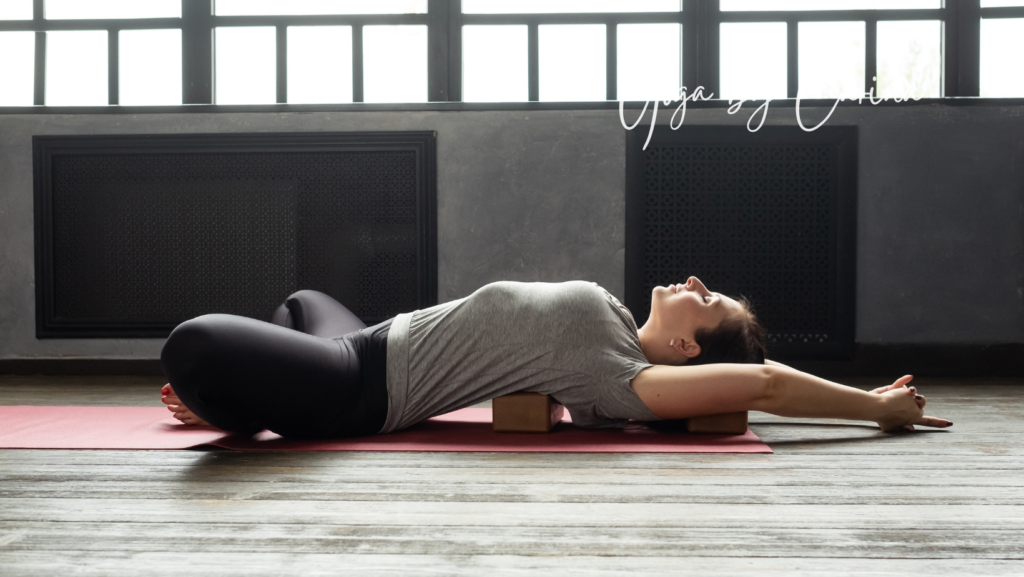
Happy Baby Pose
Happy Baby is one of the favorite poses for everyone, especially when facing pelvic pain and bloatedness. It helps you to relax the pelvic and abdominal muscles, easing the symptoms slightly. This pose will allow for a gentler stretch in the hips, groin and lower back, and will lengthen the spine. This is a best pose to practice when faced with debilitating pelvic pain as it helps relieve stress, fatigue, and muscle tightness and allows you to calm your mind.
Happy Baby Steps:
- Firstly, lie down on your back and bend your knees into your chest
- Separate your feet and knees full and face your feet towards the ceiling so that your knees are at a 90-degree angle
- Hold on to your feet with your hands
- Keep your feet flexed and gently pull down on your feet with your hands
- If comfortable, rock side to side
- Hold your pose for five to fifteen deep breaths.

Foods To Avoid While Practicing This Above Yoga Asana’s
As you all know that diet for endometriosis is also very importan. You might as well have been speaking to endo women everywhere, because eating the wrong foods could potentially worsen the disease, not to mention, cause painful flare-ups.
1. Processed foods
2. Alcohol
3. Caffeine
4. Dairy
5. Soy products
6. Red meat
7. Grains and Gluten
8. High-fat foods
9. Sweets
10. Non-organic foods
By following above poses you can get rid of endometriosis. Generally, yoga for endometriosis give you relief from the symptoms and enhances the quality of life for those suffering from endometriosis. It is essential to practice under proper supervision from an experienced yoga instructor.
Endometriosis generally affects each woman’s body differently. Not all yoga poses will produce the same benefits for everyone. It is very essential is to work gradually and carefully to find out what works best for you. Endometriosis exercises and yoga helps you alot in suring the pain.
No matter what individual’s body type is as you know fitness level and yoga may demonstrate valuable. Explore your choices. Take few steps to connect with someone who can assist. Take a slow deep breath as you move from each position, but only go to a place where you are comfortable. Hold this stretch for 1 minute as you breathe deeply and become aware of the sensation in your pelvic floor.
Be gentle and go slow With any and every chronic condition (and pain), start out new activities and yoga poses slowly and gently. See how your body responds to just a few breaths or moments in each posture, and work your way up to holding them for a little longer.
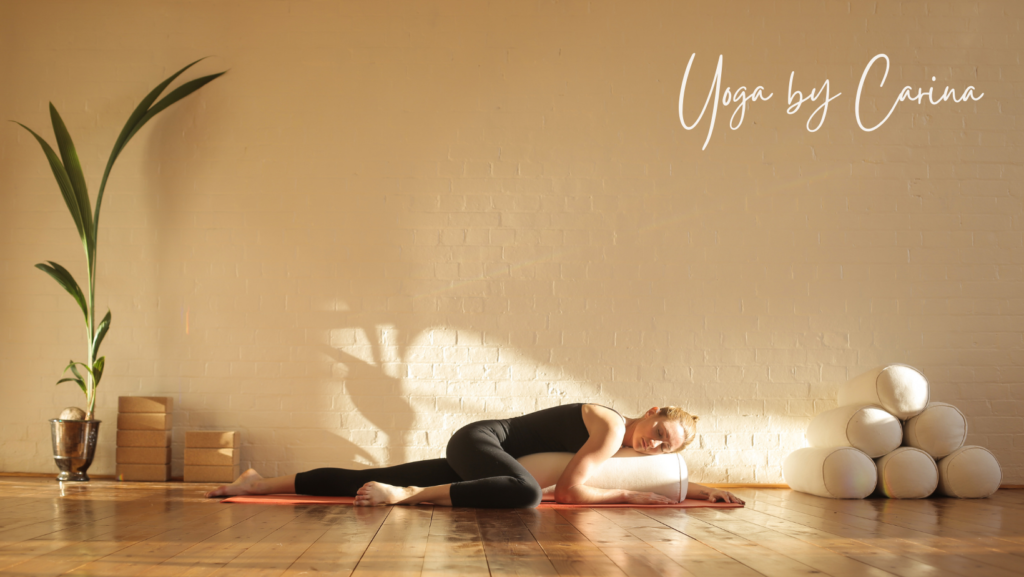

Shop Manduka – 10% off for you!
Until we can gather again, I’m here to support your practice and so is Manduka.
Shop with my code YOGABYCARINA and you will receive an exclusive 10% off on every order!
Related posts
Restorative Yoga Practice
Restorative yoga is a restful practice that is all about slowing down and opening your body through passive stretching.
Infinity Movement Yoga Flow Program
The Infinity Movement Yoga Flow Program starts January 22, 2022.
